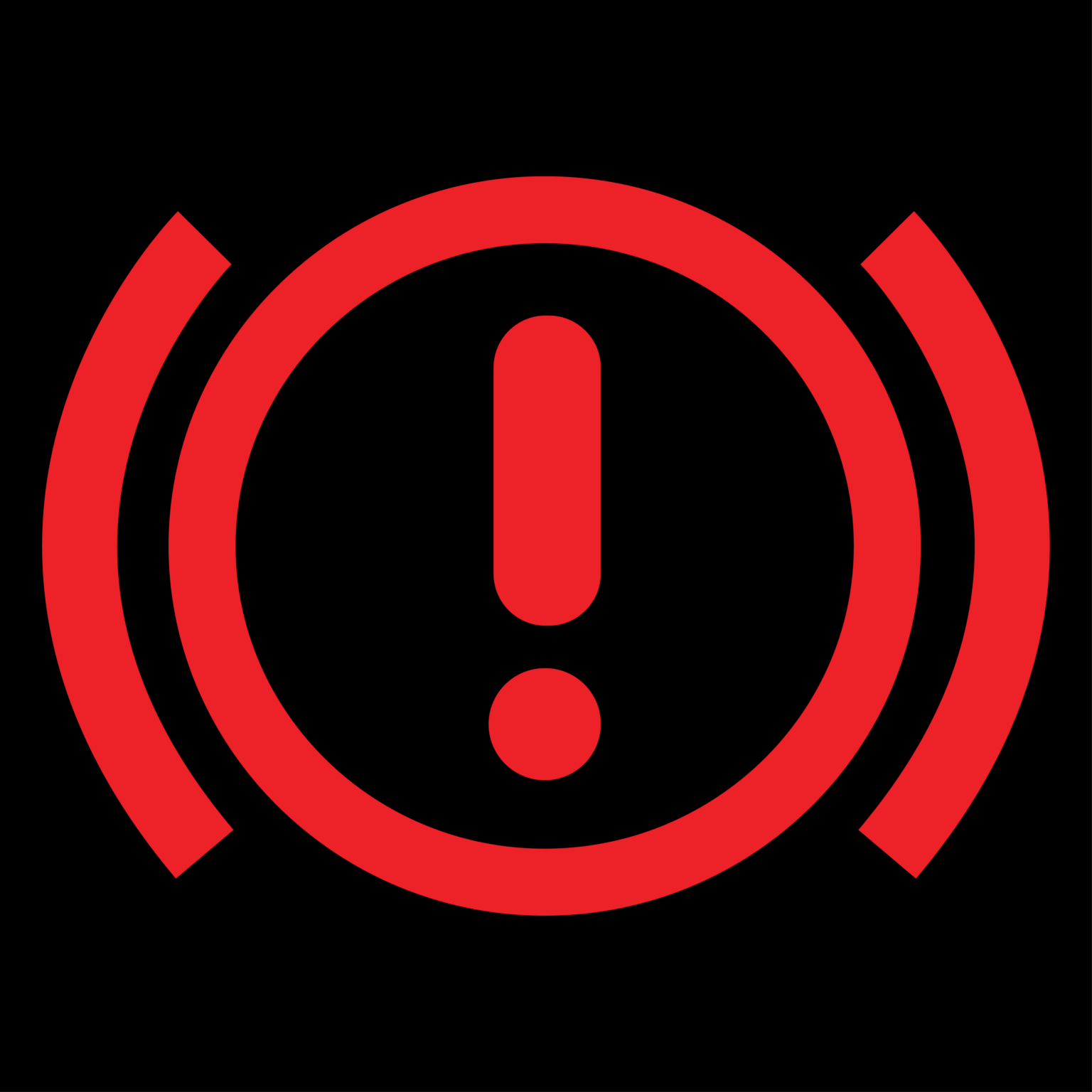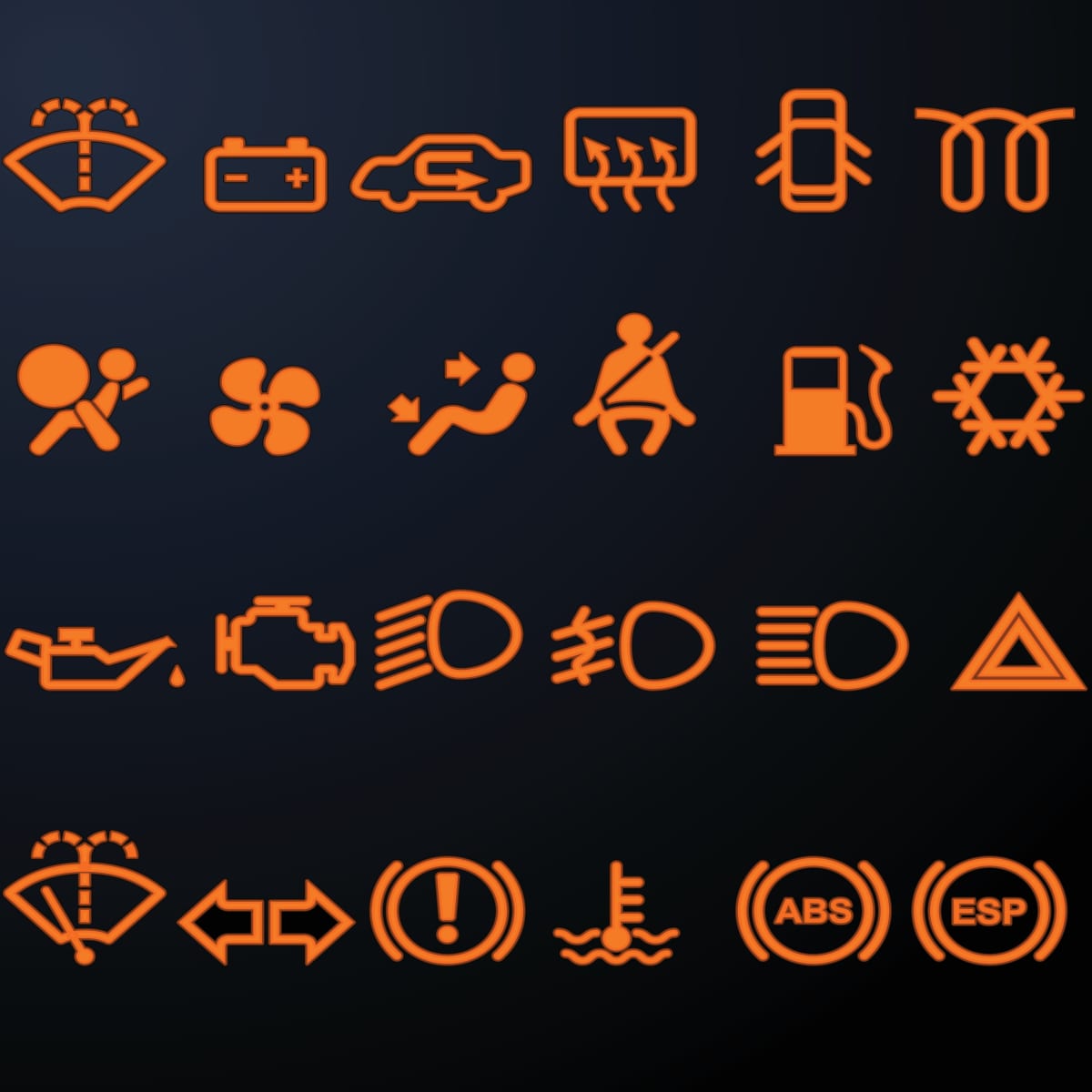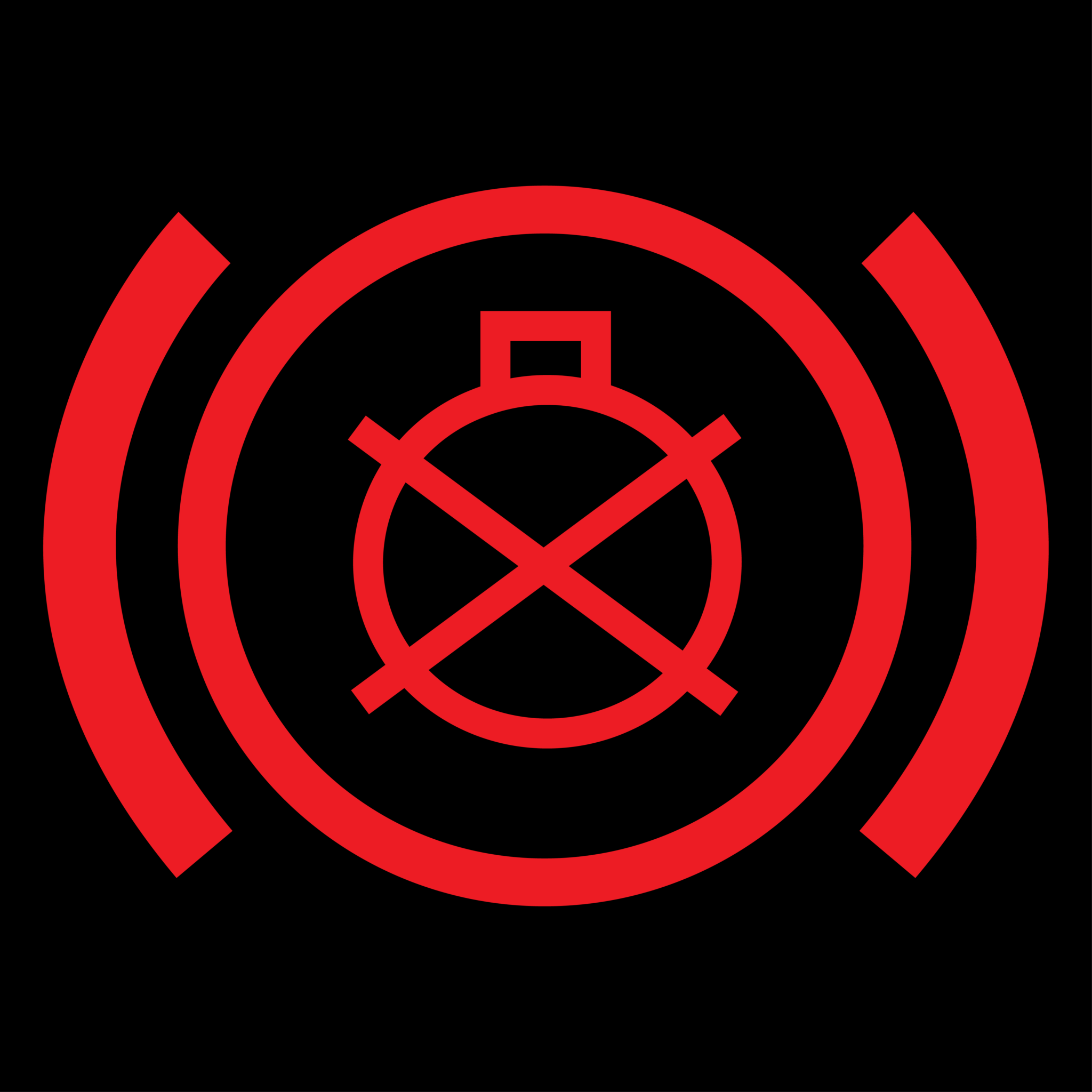Dashboard lights play a crucial role in your driving experience, serving both functional and aesthetic purposes. Whether you’re a new driver or a seasoned motorist, understanding dashboard lights is essential for maintaining your vehicle’s performance and ensuring your safety on the road. In this comprehensive guide, we will delve into the various types of dashboard lights, their meanings, customization options, maintenance tips, and troubleshooting techniques. By the end of this article, you’ll be equipped with the knowledge to effectively manage and enhance your vehicle’s dashboard lighting.
 Understanding the Basics of Dashboard Light
Understanding the Basics of Dashboard Light
Dashboard lights are the illuminated indicators and symbols on your vehicle’s dashboard that provide vital information about your car’s status. These lights alert you to various conditions, such as engine performance, fuel levels, and safety systems.
Types of Dashboard Lights
There is a wide range of dashboard lights designed to communicate different aspects of your vehicle’s operation. Recognizing these lights can help you address issues promptly and maintain your car’s health.
Indicator Lights
Indicator lights alert you to specific conditions that may require your attention. For example, the check engine light signals engine problems, while the tire pressure warning light indicates that your tires may be underinflated. These lights are typically standardized, meaning their symbols are consistent across different car models.
Warning Lights
Warning lights are more urgent and indicate serious issues that need immediate attention. Examples include the oil pressure warning light and the battery charge warning light. Ignoring these lights can lead to significant damage to your vehicle or compromise your safety.
Information Lights
Information lights provide data about your vehicle’s features and systems. These can include lights for cruise control, high beams, and turn signals. While not always indicative of a problem, these lights help you stay informed about your car’s functionalities.
Importance of Dashboard Lights
Dashboard lights are essential for ensuring your vehicle operates smoothly and safely. They offer real-time feedback, allowing you to take corrective actions before minor issues escalate into major problems. Additionally, dashboard lights contribute to the overall driving experience by providing a visual interface for monitoring your car’s performance.
 Common Dashboard Light and Their Meanings
Common Dashboard Light and Their Meanings
Understanding what each dashboard light signifies is fundamental for any driver. Here are some of the most common dashboard lights and their meanings:
Check Engine Light
The check engine light is one of the most critical dashboard lights. It indicates that there is an issue with your vehicle’s engine or emissions system. Common causes include faulty oxygen sensors, loose gas caps, or more severe engine problems. It’s essential to address this light promptly by consulting a mechanic.
Tire Pressure Monitoring System (TPMS) Light
The TPMS light alerts you when your tire pressure is too low. Maintaining proper tire pressure is vital for fuel efficiency, tire longevity, and safe handling. If this light illuminates, check your tire pressure immediately and inflate the tires to the recommended levels.
Oil Pressure Warning Light
This dashboard light signals low oil pressure, which can lead to severe engine damage if not addressed. If the oil pressure warning light comes on, stop driving as soon as it’s safe, check your oil levels, and add oil if necessary. If the light remains on, seek professional assistance.
Battery Charge Warning Light
The battery charge warning light indicates an issue with your vehicle’s charging system. This could mean a failing alternator, a bad battery, or a problem with the battery cables. Ignoring this light can result in your vehicle stalling or failing to start.
Brake System Warning Light
The brake system warning light can signify several issues, including low brake fluid, worn brake pads, or a malfunctioning brake system. This light requires immediate attention, as it directly affects your vehicle’s ability to stop safely.
ABS Warning Light
The ABS (Anti-lock Braking System) warning light alerts you to a problem with the ABS. While you can still brake without ABS, the system won’t prevent wheel lock-up during sudden stops, potentially increasing the risk of skidding.
Customizing Your Dashboard Light
Customizing your dashboard lights can enhance both the functionality and aesthetic appeal of your vehicle’s interior. Here are some popular customization options:
LED Light Upgrades
Upgrading to LED dashboard lights can improve visibility and reduce power consumption. LEDs offer brighter illumination and a longer lifespan compared to traditional incandescent bulbs. Additionally, they come in various colors, allowing you to personalize your dashboard’s appearance.
Ambient Lighting
Adding ambient lighting to your dashboard creates a more comfortable and visually appealing environment. Ambient lights can highlight certain areas of the dashboard, making it easier to read instruments and enhancing the overall interior design.
Digital Dashboards
Modern vehicles often feature digital dashboards that offer customizable lighting options. Digital displays allow you to change the color and brightness of your dashboard lights, providing a personalized driving experience. These dashboards can also integrate smart technology, offering additional features such as navigation and connectivity.
Maintenance Tips for Dashboard Light
Proper maintenance of your dashboard lights ensures their longevity and reliability. Follow these tips to keep your dashboard lights in optimal condition:
Regular Inspection
Regularly inspect your dashboard lights to ensure they are functioning correctly. If you notice a light that should be on is off, or vice versa, investigate the cause immediately. Promptly addressing issues can prevent more significant problems down the line.
Cleaning the Dashboard
Dust and dirt can accumulate on your dashboard, affecting the visibility of the lights. Gently clean the dashboard with a soft, damp cloth to remove any debris. Avoid using harsh chemicals, as they can damage the dashboard and the lights.
Checking Electrical Connections
Loose or corroded electrical connections can cause dashboard lights to malfunction. Periodically check the wiring and connections behind the dashboard to ensure they are secure and free from corrosion. If you notice any issues, consult a professional mechanic for repairs.
Replacing Bulbs
Over time, dashboard light bulbs can burn out or dim. If a light is not as bright as it should be, consider replacing the bulb. Always use the correct type and size of bulb specified for your vehicle to ensure proper functionality.
 Troubleshooting Common Dashboard Light Issues
Troubleshooting Common Dashboard Light Issues
Encountering issues with your dashboard lights can be frustrating, but many problems can be resolved with some basic troubleshooting. Here are common issues and how to address them:
Light Flickering or Flashing
If your dashboard lights are flickering or flashing, it could indicate a loose connection or a failing alternator. Check the wiring and connections first. If the problem persists, have your alternator inspected by a professional to prevent further electrical issues.
Permanently On or Off Lights
A dashboard light that stays on or off permanently may signal a more serious problem. If the light is supposed to illuminate but does not, check the bulb and electrical connections. Conversely, if a warning light stays on, refer to your vehicle’s manual for specific guidance and seek professional assistance if necessary.
Dim Dashboard Lights
Dim dashboard lights can be caused by a weak battery, faulty alternator, or aging bulbs. Start by checking your battery’s charge and ensure the alternator is functioning correctly. Replacing dim bulbs with brighter alternatives, such as LEDs, can also improve visibility.
Intermittent Warning Lights
Intermittent warning lights might be due to sensor issues or temporary glitches in the vehicle’s computer system. Clear any error codes using an OBD-II scanner and monitor the lights closely. If the problem continues, have your vehicle diagnosed by a qualified mechanic.
Upgrading Your Dashboard Light for Enhanced Performance
Upgrading your dashboard lights can significantly improve your driving experience by enhancing visibility, aesthetics, and functionality. Here are some upgrade options to consider:
Installing a Brightness Control Module
Adding a brightness control module allows you to adjust the intensity of your dashboard lights. This feature is particularly useful for driving at night, as it enables you to dim the lights to reduce glare without sacrificing visibility.
Adding a Aftermarket Gauge Cluster
An aftermarket gauge cluster can replace your stock dashboard, offering more precise measurements and additional features. These clusters often come with customizable lighting options, allowing you to tailor the appearance and functionality to your preferences.
Integrating Smart Lighting Systems
Smart lighting systems can be integrated into your dashboard to provide real-time updates and notifications. These systems can connect to your smartphone or other devices, offering features such as navigation alerts, vehicle diagnostics, and multimedia controls directly on your dashboard.
 Safety Considerations for Dashboard Light
Safety Considerations for Dashboard Light
Ensuring your dashboard lights are functioning correctly is vital for your safety and the safety of others on the road. Here are some safety considerations to keep in mind:
Avoid Glare
Excessively bright dashboard lights can cause glare, distracting you from the road. Adjust the brightness of your lights to a comfortable level that maintains visibility without overwhelming your vision.
Keep Lights Clean
Dirty dashboard lights can obscure critical information, making it difficult to read gauges and indicators. Regularly clean your dashboard to ensure all lights are clear and visible.
Respond Promptly to Warning Lights
Never ignore warning lights on your dashboard. These lights are designed to alert you to potential issues that could compromise your vehicle’s performance and safety. Address any warning lights immediately to prevent accidents or further damage.
Use Certified Parts
When replacing or upgrading dashboard lights, always use certified and compatible parts. Using non-certified or incorrect parts can lead to malfunctions and safety hazards. Consult your vehicle’s manual or a professional mechanic to ensure you’re using the right components.
Future Trends in Dashboard Lighting
The future of dashboard lights is heading towards increased integration with smart technology and advanced materials. Here are some emerging trends to watch for:
Augmented Reality Dashboards
Augmented reality (AR) dashboards project information directly onto the windshield, blending digital data with the real world. This technology can display navigation prompts, speed, and other vital information without distracting the driver from the road.
Adaptive Lighting Systems
Adaptive lighting systems automatically adjust the brightness and color of dashboard lights based on driving conditions. For example, lights can become dimmer at night and brighter in daylight, enhancing visibility and reducing eye strain.
Sustainable Materials
Manufacturers are increasingly using sustainable materials for dashboard lights, reducing the environmental impact of vehicle production. These materials maintain the same functionality and durability while promoting eco-friendly practices.
Enhanced Connectivity
Future dashboard lights will likely feature enhanced connectivity, allowing seamless integration with smartphones, smartwatches, and other devices. This connectivity enables drivers to receive real-time updates, notifications, and control various vehicle functions directly from the dashboard.
 Conclusion
Conclusion
Understanding and effectively managing your dashboard lights is essential for both the functionality and safety of your vehicle. By recognizing the different types of dashboard lights, customizing their appearance, maintaining their condition, and troubleshooting common issues, you can ensure a smooth and safe driving experience. Additionally, staying informed about future trends and upgrade options allows you to enhance your dashboard’s performance and aesthetics continually. Embrace the knowledge shared in this guide to optimize your vehicle’s dashboard lighting, and enjoy a more informed, comfortable, and stylish ride every time you take the wheel.
